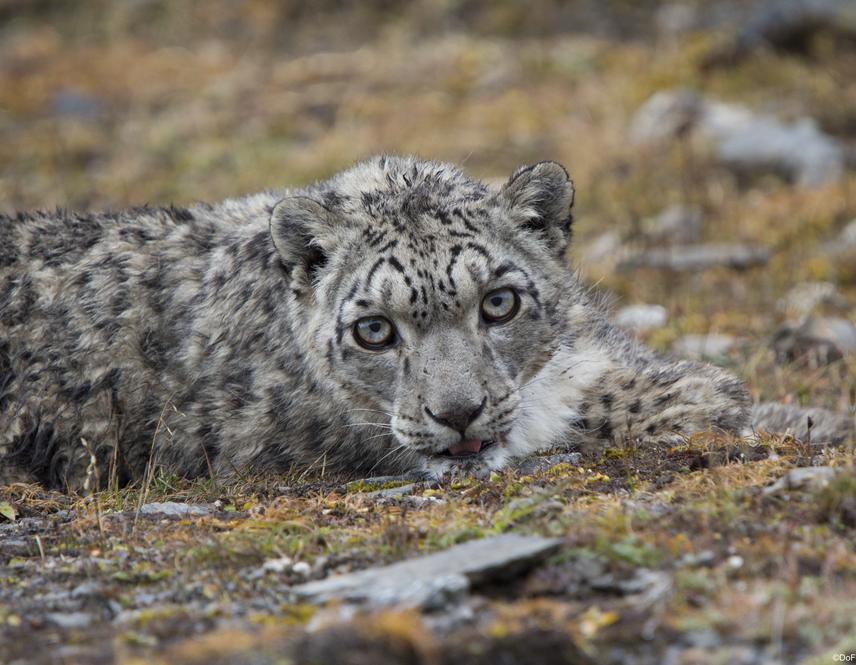Choney Yangzom
The study aims to study prey abundance and availability, assessment of anthropogenic threats and Conservation of endangered Snow Leopard in Jigme Dorji National Park, Bhutan.

Snow leopard is one of the elusive species and its population declined rapidly by at least 20% over two decades due to which it is classified as Endangered species in IUCN red list and included in CITES Appendix I. JDNP is the largest NP harboring maximum snow leopard but the rise in anthropogenic pressures and depletion of prey base for snow leopard in this NP is ever pressing. This proposed research is designed to work towards better future of the Endangered Snow leopard (Uncia uncia) and local communities around the study areas.
The study would collect information on various degrees and classes of anthropogenic pressures on snow leopard, intensity and frequency of human-snow leopard conflict and scientific data on natural prey base abundance and availability. As the conflict of snow leopard predating on domestic animals especially on yaks and sheep arises due to depletion of natural prey base and human encroaching into their natural habitat. Understanding natural prey population is important step to save snow leopard from retaliatory killing. Ungulates as prey for the snow leopard will be documented of species richness, density, abundance and availability. This will not only bring the prey base status of the snow leopard but also will give information about the ungulates population ecology, status, distribution in the study area. This will give insight about prey status and proper mitigation measures to restore and improve prey base by relevant conservation stakeholders can be taken based on the findings from the study to conserve this elusive endangered cat. The project will raise awareness education on the importance and the significant role of snow leopard as the apex predator /keystone species in maintaining the biodiversity of an alpine ecosystem, as well as indicator of heath of alpine ecosystem to the locals.